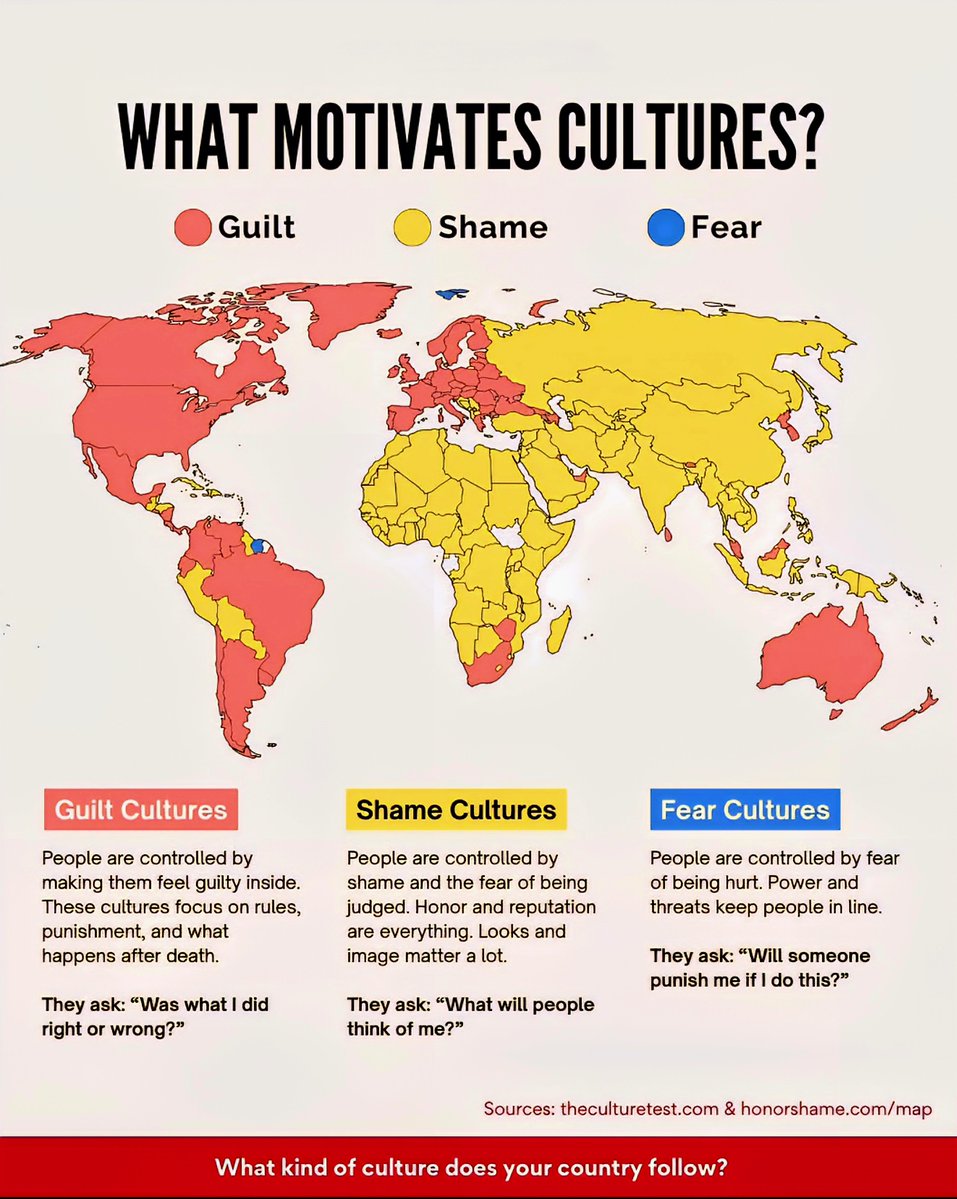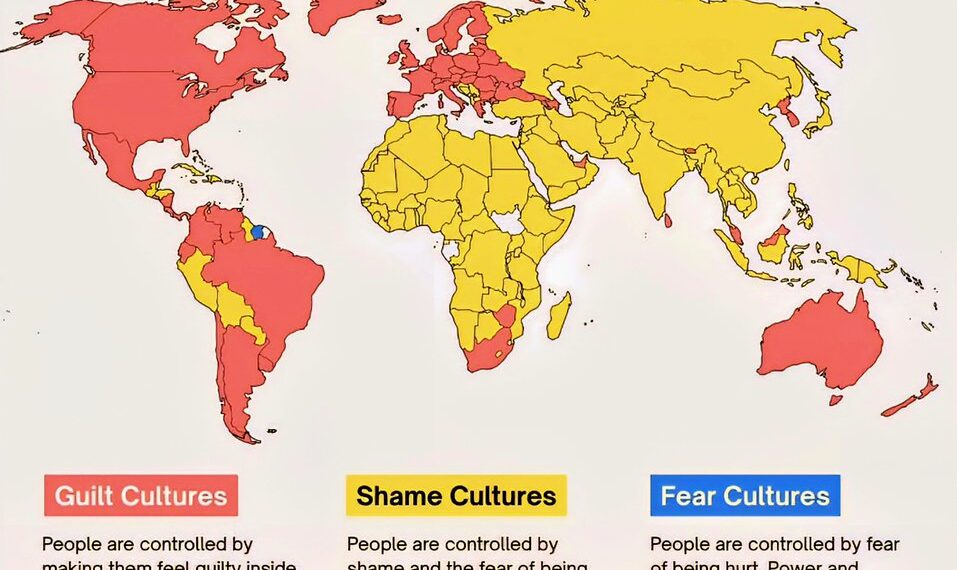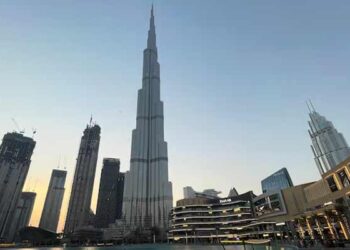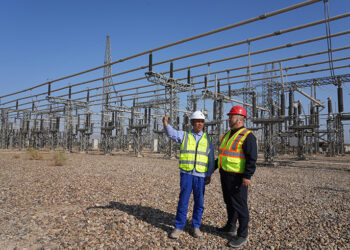Select Language:
The Key Factors Shaping Cultures in 2025
1. Economic Influences and Wealth Distribution
Economic stability and growth remain primary drivers of cultural development in 2025. Countries with thriving economies often see a surge in cultural activities, arts, and innovation. Conversely, regions facing economic hardship tend to develop cultures rooted in resilience and resourcefulness. Wealth disparity also impacts cultural expression, with affluent communities showcasing modern, luxury-driven art forms, while less privileged populations emphasize traditions and community-centered practices.
2. Technology and Digital Connectivity
The rapid advancement of technology continues to be a major influence on modern cultures. Social media platforms, virtual reality, and global communication networks foster a blended cultural landscape where ideas, music, fashion, and traditions cross borders effortlessly. This interconnectedness promotes multiculturalism and influences local customs, leading to hybrid cultural identities. In 2025, digital innovation not only preserves cultural heritage but also creates new cultural phenomena that reflect the digital age.
3. Political Climate and National Identity
Political environments significantly shape cultural narratives and practices. In 2025, countries with stable political systems tend to celebrate national histories and identities through festivals, monuments, and official narratives. Conversely, political upheavals or shifts can lead to cultural redefinitions, protests, or the resurgence of indigenous and historical traditions as a form of resistance or reclaiming identity. Governments actively leverage culture as a means of fostering unity or promoting specific ideologies.

4. Demographic Changes and Migration Patterns
Migration continues to be a fundamental factor influencing cultural landscapes. In 2025, increased global mobility has led to multicultural societies where diverse traditions, cuisines, and languages coexist. Migration patterns often bring about cultural exchanges, innovations, and sometimes tensions, which in turn shape the evolving identity of communities. These demographic shifts foster a continuous adaptation of cultural norms and practices in response to changing populations.
5. Social Movements and Values
Social justice movements and evolving societal values also play a pivotal role in shaping cultures. In 2025, issues such as gender equality, environmental sustainability, and racial justice motivate cultural shifts worldwide. Many cultures are emphasizing inclusivity, sustainability, and activism through art, media, and public discourse. These movements foster new cultural expressions and redefine norms, often leading to more progressive and diverse societies.
6. Environmental Factors and Climate Change
Climate change and environmental concerns are increasingly influencing cultural priorities. In 2025, many communities are adopting eco-friendly lifestyles, which are reflected in their festivals, art, fashion, and daily practices. Cultural expressions often highlight sustainability and the importance of preserving natural resources, fostering a sense of global responsibility. These environmental motivations help forge community identities centered on conservation and resilience.
7. Cultural Heritage and Preservation Efforts
While innovation and change characterize modern cultures, there remains a strong drive to preserve traditional practices and heritage. In 2025, efforts to safeguard indigenous languages, crafts, and historical sites are prioritized through technology, education, and international cooperation. Cultural preservation reinforces identity and provides a sense of continuity amidst rapid change, serving as a foundation for future cultural evolution.
Understanding what motivates cultures in 2025 reveals a complex web of influences—from economics and technology to social movements and environmental concerns. These factors continuously intertwine, shaping the rich and dynamic cultural landscapes we see today.






